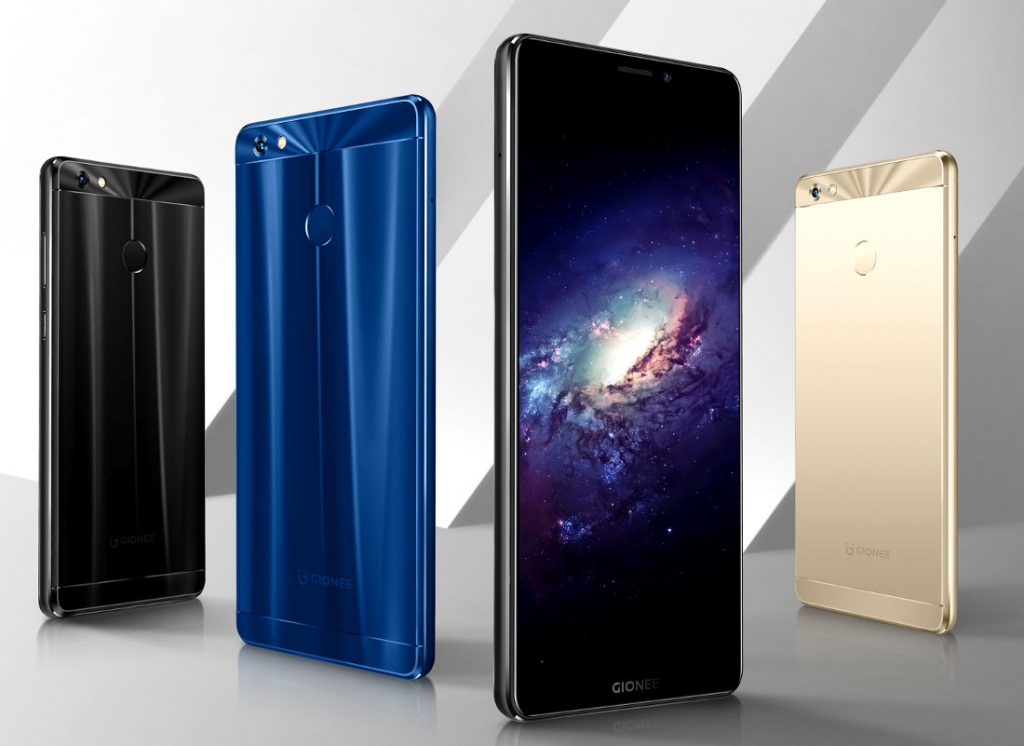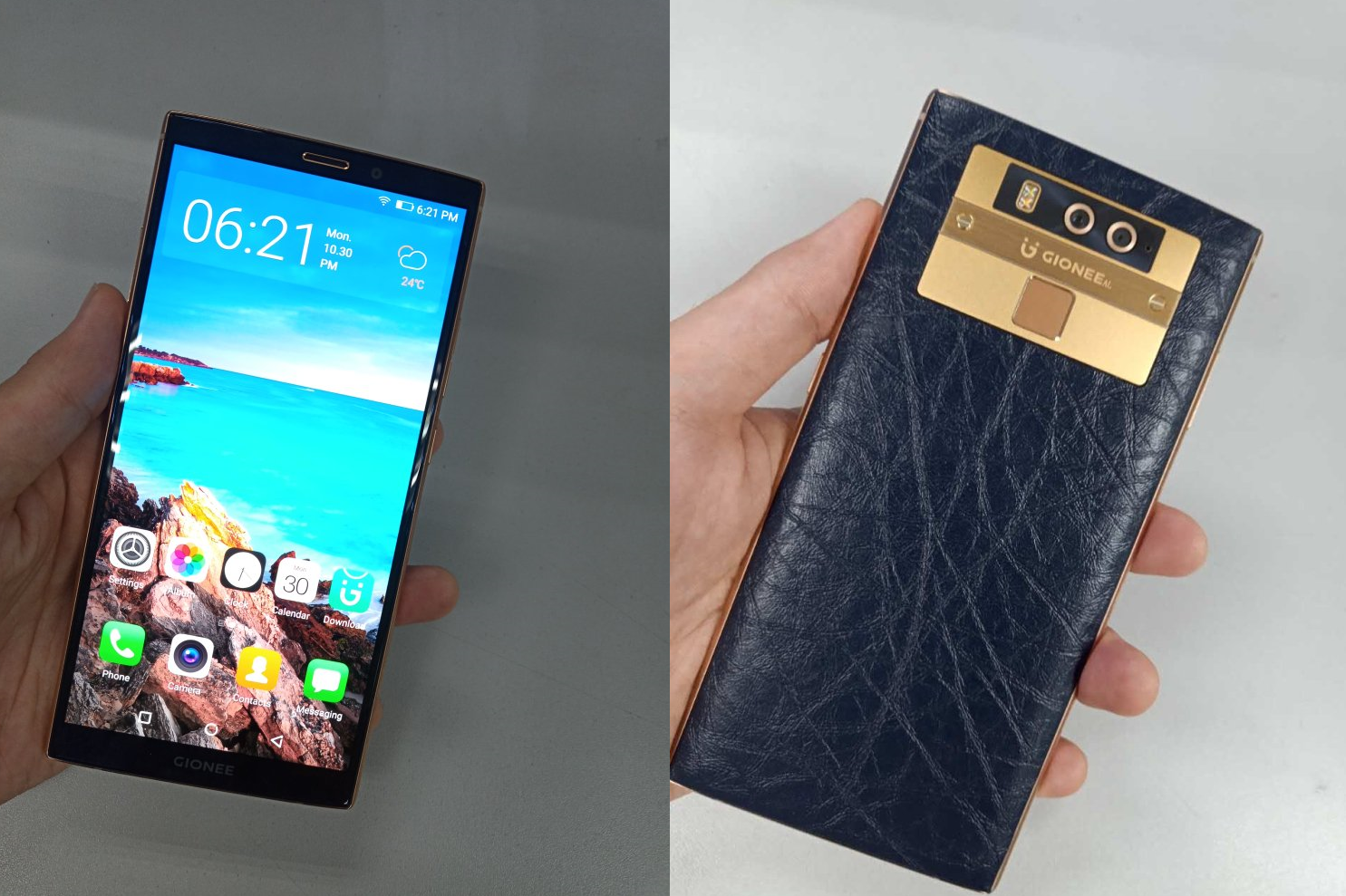SEOUL/SHANGHAI(Reuters) - As a diplomatic spat between Beijing and Seoul raged this year, many South Koreans felt decidedly unwelcome in China. South Korean businesses were shunned, K-pop concerts were canceled and tourist trade dried up.
But one group of South Koreans have been very much in demand: the executives and employees of South Korea's cosmetics companies, who are being lured by Chinese rivals as a battle for China's huge beauty market heats up.
Chinese make-up brands including Jala, Proya and Suhu - which have long trailed Korean rivals in terms of quality - are hiring South Korean executives as well as spending up on research and buying overseas firms, industry executives and headhunters say.
The moves seem to be helping.
Chinese brands, which compete with Korea names from top-rated Amorepacific to nimble budget makers such as Clio, are gaining market share in the mid-range and premium cosmetics sector where South Korea has traditionally had strength in China.
While Chinese companies have been gaining ground for some time, the trend appears to have accelerated this year after Seoul's decision to install a U.S. anti-missile system against Beijing's wishes sparked a backlash against Korean companies.
At stake is a bigger chunk of China's $50.2 billion beauty and personal care market, which research firm Euromonitor projects will grow to $61.9 billion by 2020.
Jason Yu, Shanghai-based General Manager of market research firm Kantar Worldpanel, said mid-tier or "masstige" Korean brands were most exposed to Chinese brands improving their offering. High-end brands from France's L'Oreal and Japan's Shiseido tended to attract wealthier buyers.
"In terms of the price position, they will be more in direct competition with the emerging Chinese brands who are moving up the price ladder," said Yu, adding Chinese firms were "catching up very fast".
HIRING SPREEThere are signs that recent diplomatic tensions have played into the hands of local Chinese brands in their battle with Korean rivals.
Amorepacific's sales fell 8 percent in the January to September period from a year earlier, while operating profit skidded 30 percent. Smaller, budget makers were hit harder, with Clio's operating profit falling nearly 70 percent.
While some Chinese make-up brands use South Korean stars or highlight Korean links, others are playing up Chinese elements such as using traditional medicine ingredients or use slogans about suiting Chinese skin.
Zoe Zhuang, 24, an engineer in Nanjing, said she used to use cushion foundations and eye pencils from South Korea's Etude brand. She now uses more Chinese to "support local brands", she said, without referring to the dispute over the THAAD missile system.
"I actually don't think Chinese makeup is that good yet, there is plenty of room for improvement," she said.
Chinese cosmetics firms have been trying to close the quality gap by aggressively targeting South Korean executives.
"(Chinese cosmetics brands) are recruiting Koreans in almost all areas, including brand managers, packaging design, store interiors, purchasing and marketing," Choi Sun-hee, head of South Korean recruiting firm HR Biz Korea, told Reuters.
Some Chinese brands are willing to offer 50 percent higher wages, help with rents and flights home to woo Korean workers, Choi added.
Guangzhou-based Suhu plans to double the number of its South Korean employees to 40, Choi said. It recently hired an executive from Korea's Nature Republic to oversee the recent launch of its Rojank brand, he added. Suhu declined to comment.
Chinese brand Proya, which owns the Uzero and Cats & Roses brands, hired South Korean Kim Hoi-joon from Clio in 2014 to launch its Hapsode brand, Kim told Reuters.
Another former Amorepacific official said Kim had lured him to Proya last year with a salary hike of about 50 percent. He said he was one of over 10 Korean employees hired by Proya.
Proya declined to comment.
Meanwhile, Jala, one of China's leading cosmetics firms, hired a Korean executive earlier this year to revamp its mainstay Chando brand, two people familiar with the matter told Reuters.
Jala also hired the former head of Amorepacific's Etude brand, Kim Dong-young, they added. Kim, reached by phone, confirmed he had been working at Jala for about a year, but declined to comment further.
Jala's press office was not available for comment.
The approach is not limited to cosmetics. Chinese firms from carmakers to flatscreen producers to smartphone vendors have recently opened up more to hiring foreign talent to help them gain a competitive edge, often taking market share from South Korean rivals as they move up the value chain and their industries mature.
But Korean brands aren't going down without a fight.
Amorepacific said it was working with experts in seven Chinese cities to study local skin characteristics and develop products for the local market.
"It is not that we are not worried about Chinese competition," Rho Jee-hye, an Amorepacific senior vice president told Reuters. "As there is Estee Lauder in the United States, L'Oreal in France and Amorepacific in Korea, an innovative Chinese company could emerge."
Reporting by Hyunjoo Jin in SEOUL and Adam Jourdan in SHANGHAI; Additional reporting by Joyce Lee in SEOUL, Editing by Soyoung Kim and Lincoln Feast
Source: Beauty contest: China make-up brands rein in South Korea rivals
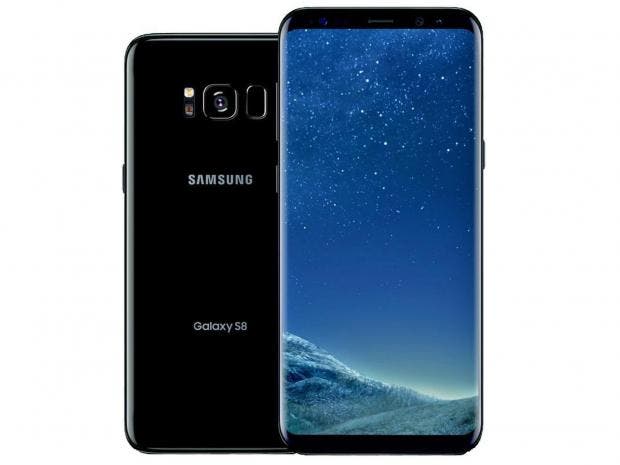



 Digit NewsDesk news@digit.in
Digit NewsDesk news@digit.in 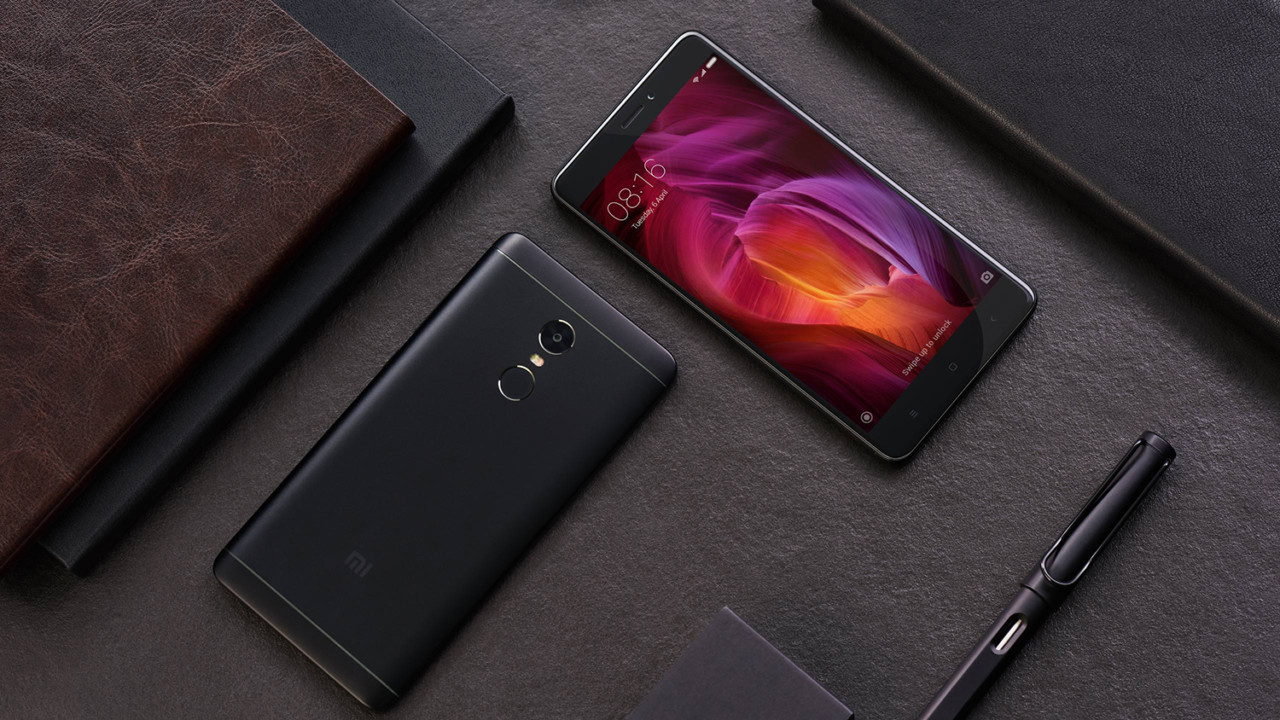
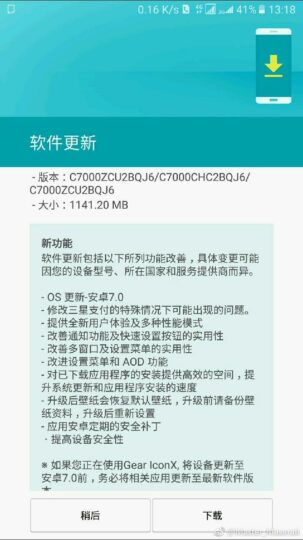
 © Provided by Seeking Alpha AAPL logo
© Provided by Seeking Alpha AAPL logo 
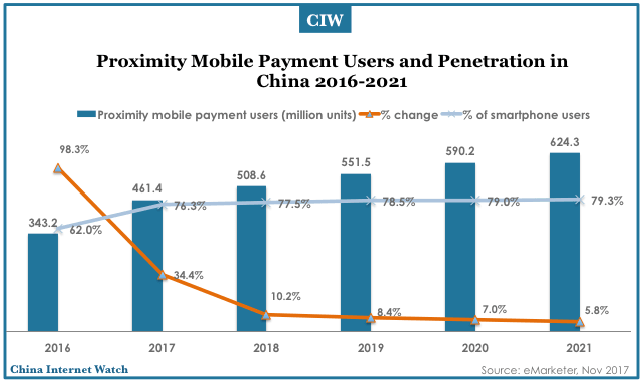
 SHANGHAI: Hundreds of millions of Chinese used their smartphones to snap up online bargains Saturday on "Double 11", the country's annual e-commerce shopping spree.
SHANGHAI: Hundreds of millions of Chinese used their smartphones to snap up online bargains Saturday on "Double 11", the country's annual e-commerce shopping spree.
